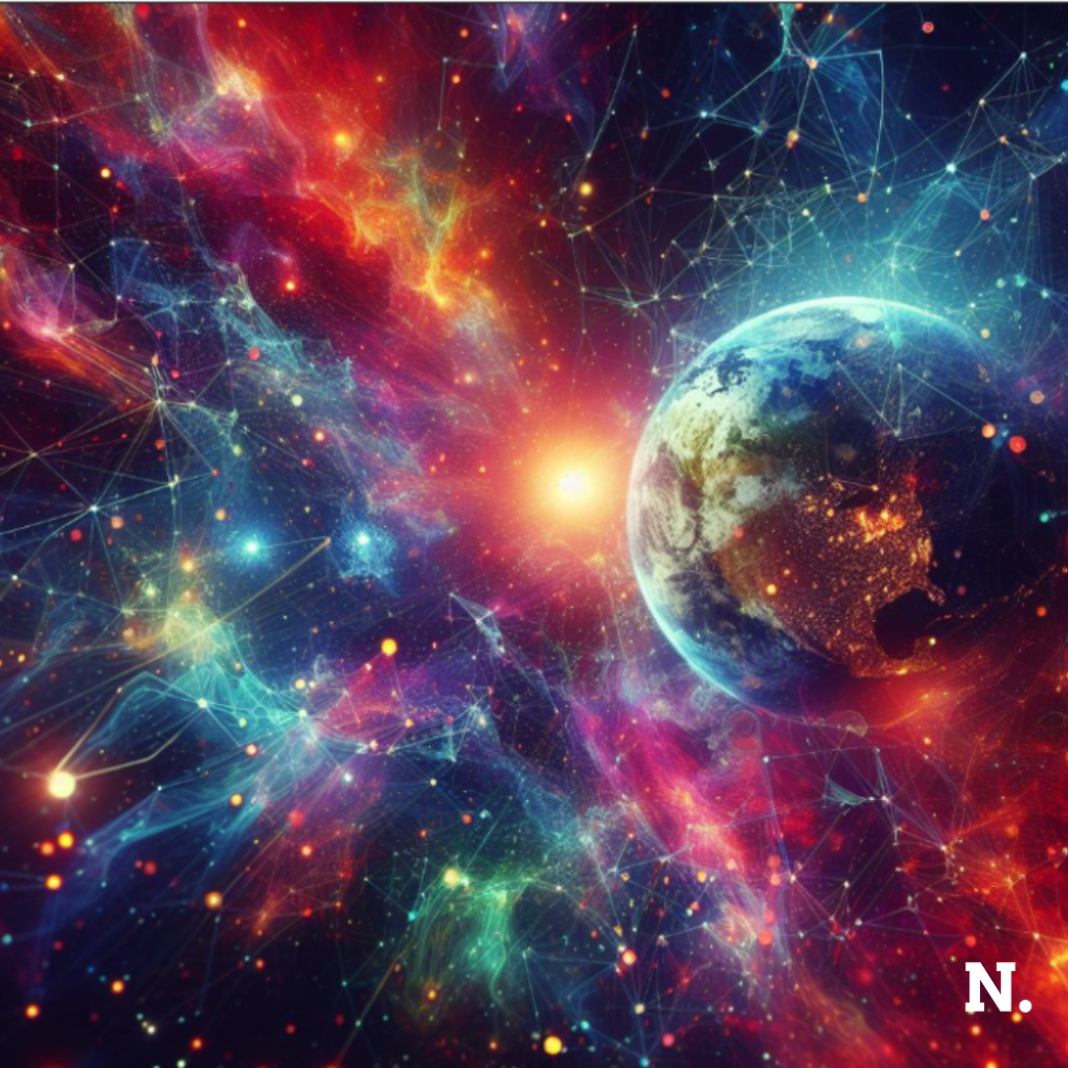Imagine a world where our energy needs are fulfilled not only by what’s on Earth but also by the limitless power of the cosmos itself. Space-Based Energy Systems bring this vision to life, unlocking the wonders of space with our quest for sustainable energy. These systems unlock many possibilities by reaching beyond our atmosphere, offering innovative solutions to power our homes, cities, and dreams. It’s not just about producing energy; it’s about the stars and lighting our future in ways we never thought possible.
How do we use space-based energies?
Space-based energies meet various energy needs by using resources beyond Earth’s atmosphere.
Table of Contents
ToggleWhat are these resources?
SpaceTech is the most important aspect of developing space-based energies. Space tech helps develop space-based energy in several ways.
Solar Powered Satellites (SPS)
Solar power satellites act as cosmic power plants, using space’s endless sunshine to light up our cities and fuel industries. They consist of large solar arrays, that capture sunlight and convert it into electricity using developed technology. Microwave or laser beams shine this energy down to Earth. Since the 1960s, researchers like Peter Glaser have explored this concept. Programs like NASA’s Space Solar Power Exploratory Research and Technology (SERT) program continue to investigate its benefits.
Uses of Solar Powered satellites
- They generate electricity to power our daily necessities such as telephones, internet and satellite TVs.
- By using solar energy, these satellites can operate for an extended period without needing to be refuelled, making them cheaper and eco-friendly.
- Solar-powered satellites are used for studying the Earth’s atmosphere and weather patterns.
- They are used for space exploration for mapping the surface of other planets.
Nuclear Fusion
Nuclear fusion offers the possibility of clean energy by repeating the process that fuels the sun and stars. In fusion reactions, lightweight atomic nuclei, like hydrogen isotopes, merge to form heavier nuclei, releasing vast amounts of energy. While achieving controlled fusion reactions on Earth remains a challenge, successful fusion could develop energy production, both here and past our atmosphere. For instance, projects like the ITER aim to display maintained fusion reactions. Additionally, companies like TAE Technologies and Commonwealth Fusion Systems are approaching fusion energy, using plasma confinement techniques and high-temperature superconductors. Their efforts help compact and efficient fusion reactors suitable for space applications.
In short, Nuclear fusion has the potential to produce energy without greenhouse gases and very little nuclear waste.
Energy storage solutions for space missions
In the vastness of space, energy storage is the lifeline that keeps spacecraft and habitats powered up when the sun sets or nuclear reactors take a break. But these solutions need to be both reliable and lightweight. They are capable of storing energy for the long haul without losing their spark.
While we’ve got our trusty lithium-ion batteries and fuel cells on board, we’re also exploring some cool alternatives. Have you heard of flywheel energy storage systems? They’re like the ninja warriors of space tech, using spinning disks to store energy and spring into action at a moment’s notice.
Let’s not forget about the superheroes in development: advanced capacitors and supercapacitors, gearing up to swoop in and provide backup power for our spacecraft’s essential systems. So, as we go deeper into the cosmos, rest assured that our energy storage game is strong and ready for whatever the universe throws our way.
Conclusion
Space-based energies use resources beyond Earth’s atmosphere, with SpaceTech being crucial in the development of systems like Solar Powered Satellites (SPS) for generating electricity and Nuclear Fusion for clean energy production. These technologies offer innovative solutions for powering our needs and exploring beyond our planet.
Nuclear fusion offers clean energy with little waste. Energy storage is crucial for space missions. Solutions need to be reliable and lightweight, like flywheel energy systems or advanced capacitors, ensuring power for spacecraft on long journeys through the cosmos.
“Space offers endless possibilities for energy innovation, unlocking the potential to power our civilization and propel us towards a brighter future.”
~ Elon Musk




